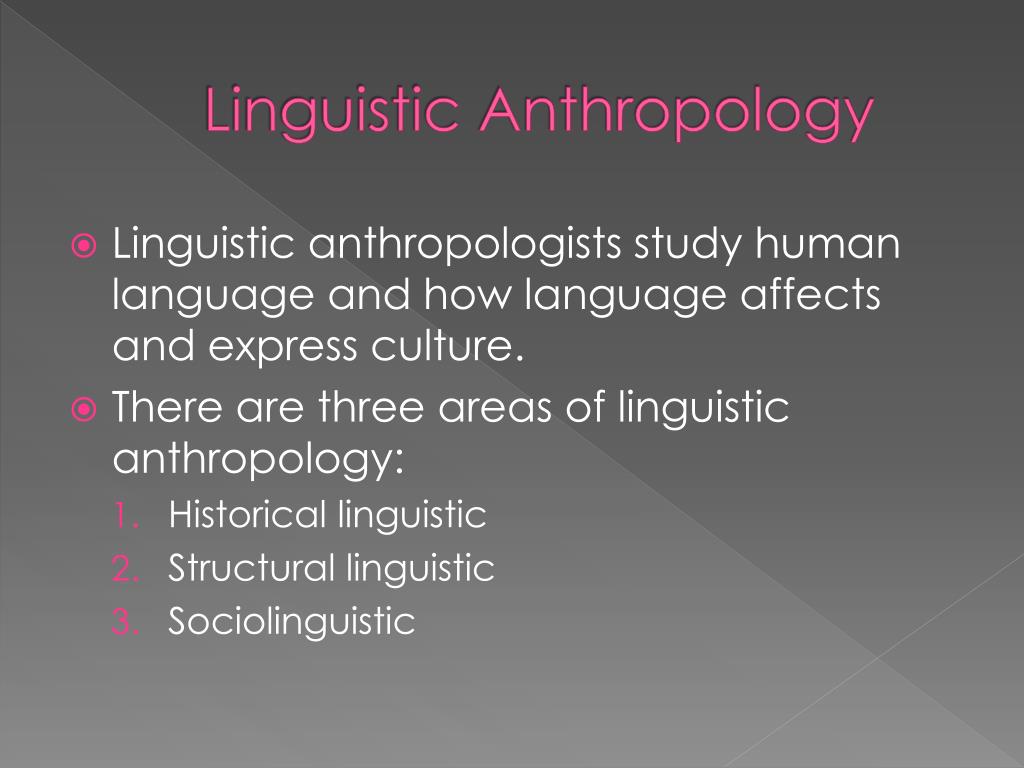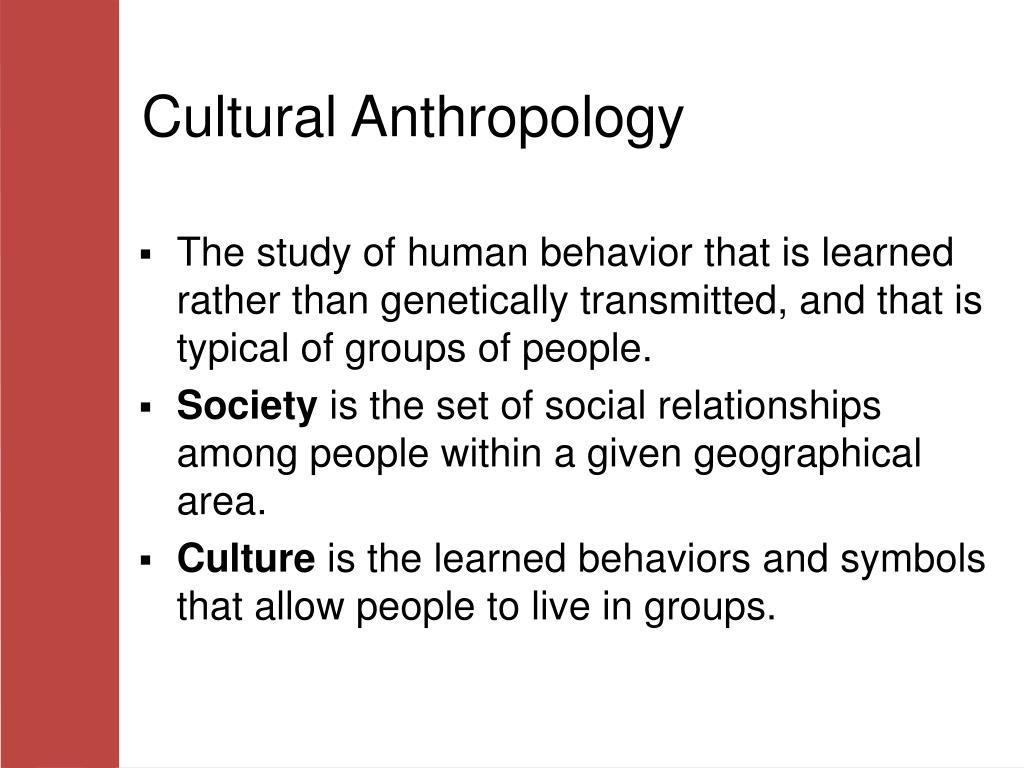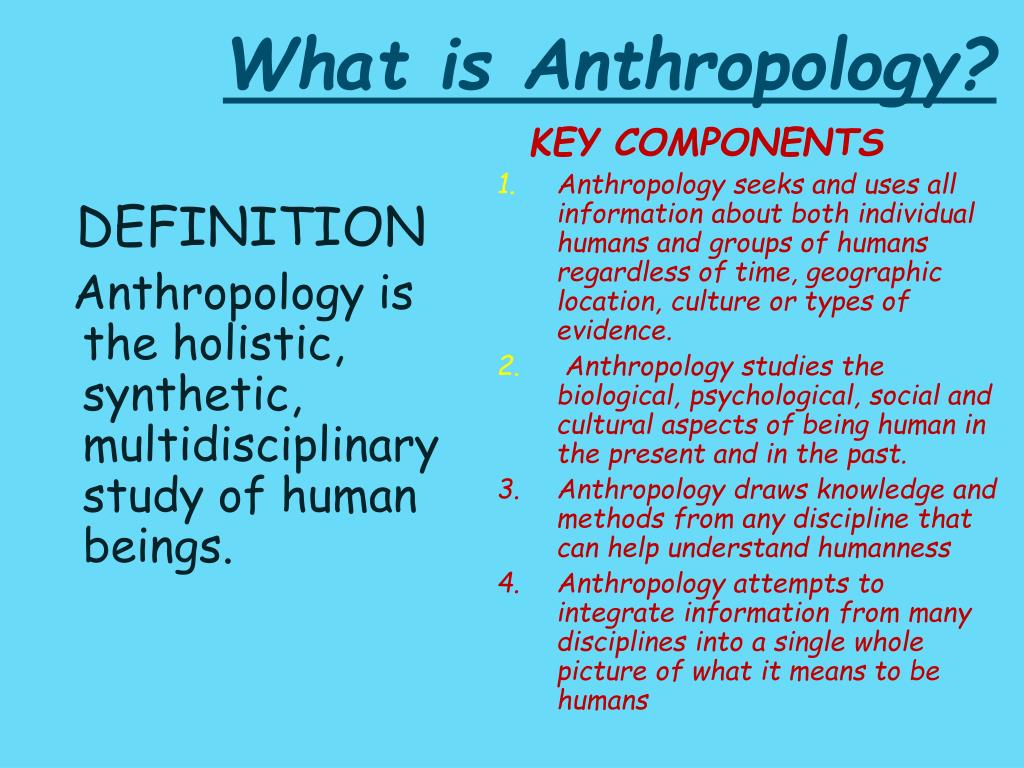

New York: Holt, Rinehart and Winston.Īn often-cited, influential summary of language typology and historical linguistics written by a leading early figure in Americanist linguistics.īynon, Theodora. 1992 summarizes several decades of research on the history of English in Great Britain and beyond.īloomfield, Leonard.

Bynon 1977 and Janson 2002 are highly accessible general surveys, and Hogg, et al. Campbell 2004 is the most accomplished introduction to the field in print, Crowley and Bowern 2010 is a recent introduction to the field with an emphasis on Austronesian data, Luraghi and Bubenik 2010 presents a wide range of specialized articles on disciplinary subfields, and Joseph and Janda 2003 is an eminently useful reference work. Bloomfield 1933 includes a classic discussion of Americanist approaches to language change in the early 20th century. The works in this section provide either historically salient or updated introductions to the field for beginning and advanced students. This choice in focus conveys existing historical strengths and showcases our current knowledge about language contact and language change in the Americas. This survey has two focii: the first one is languages of the Americas, and the second one is ethnohistorical and philological methodology.

This article outlines all of these important inquiries, with a particular stress on the sustained interaction among historical linguistics, anthropology, and ethnohistory. Contemporary historical linguistics has maintained a focus on several large-scale questions, such as the origins of the language faculty the classification and typology of the world’s languages the time depth of major language changes ancient writing systems the impact of linguistic and cultural contacts on language change the emergence of pidgins and creoles the influence of colonial expansion and evangelization projects on language change and the interface among literacy practices, language change, and the social order. While the study of language change and etymology can be traced back to ancient societies in the Mediterranean, the Middle East, and Asia, a number of important methodological approaches emerged in the late 18th century, when European scholars who were engaged in colonial administration set the foundations for research in Indo-European languages. Typology oriented.Historical linguistics is a discipline with strong interdisciplinary connections to sociocultural anthropology, ethnohistory, and archaeology. On the trail of linguistic creativity in Asia and Australia, with frequent divagations into dusty archives.Ī blog by young linguists interested in diversity and description of the world’s languages. What’s the major contribution of “minority languages” to understanding how languages change over time?.By night she is an artist and is director of Veriko Operative Ltd. I love research, and I k ow I’ve a long road ahead of me to answer these questions, but again, I first need to answer this: what field am I trying to get into?Įri is a linguist-in-training by day (and often at night) who does fieldwork in Papua New Guinea. Moreover, I’m also interested in the flexibility of their language to see if it supports more modern concepts such as the atom, the molecule, or even topics such as quantum mechanics. I don’t know that I’m trying to find what might be referred to as jargon much as legalese is considered, but maybe that is what I’m trying to do. What do I want to do? I want to examine such languages as the lithographic texts of the Mayan to explore it more in depth and find what I consider an epi-linguistic level of the language. I suppose it comes down to what I want to do with the degree that will determine which grouping I end up with and what degree I’ll have at the end of my journey. I’m trying to collect the needed data to help my sponsor see that I’m trying to get into a faster growing field. And, there’s no distinction between your original subject as to anthropological linguistics versus linguistic anthropology. The first group will grow slower than average but the second group grows faster. The rub however is how the BLS sorts out the expected growth. And if I search for philologist, it pops both groups up as legitimately related fields.

There’s the archaeology and anthropology grouping, then there’s the interpreter and translator grouping. I’ve been trying to find out these very differences because I’m trying to apply for funds that will enable me to get my Masters… but in which field? When I look to the US BLS occupational outlook book, it’s split differently. Thank you for seeking to clarify a messy topic.


 0 kommentar(er)
0 kommentar(er)
